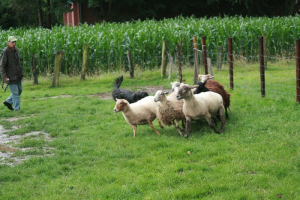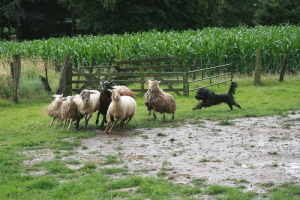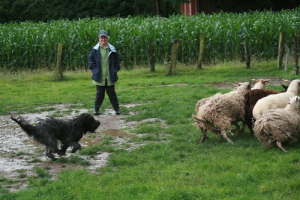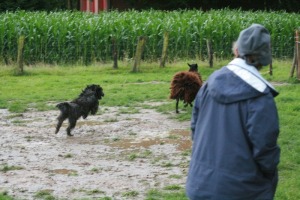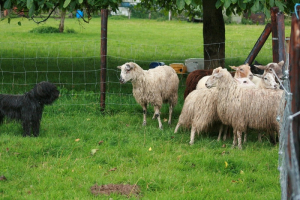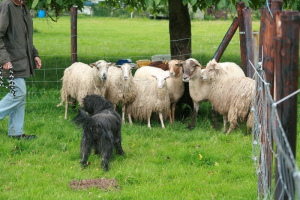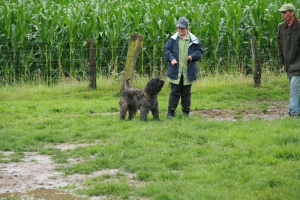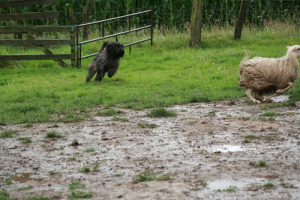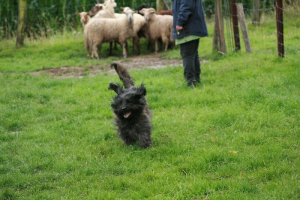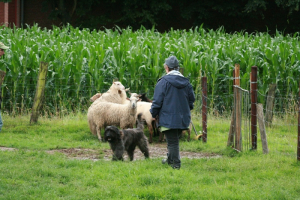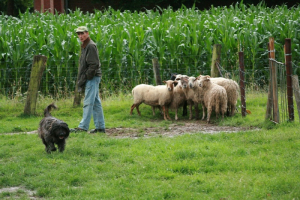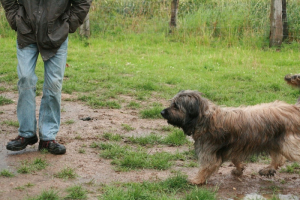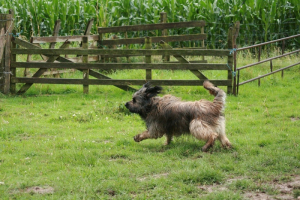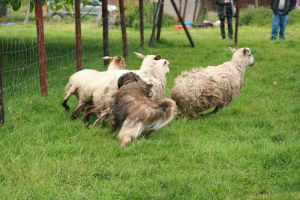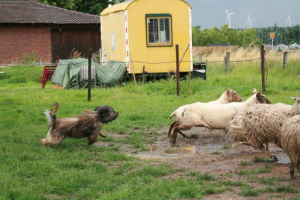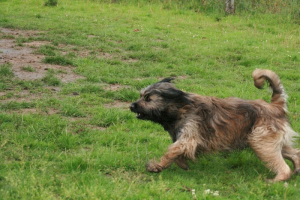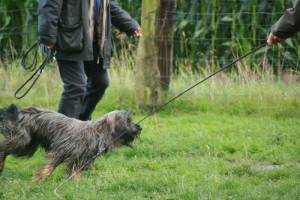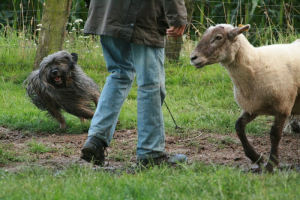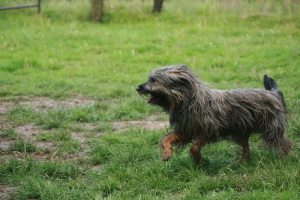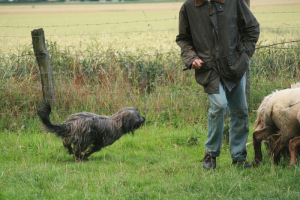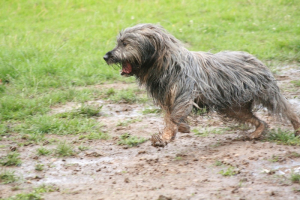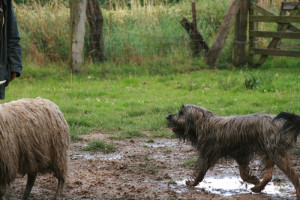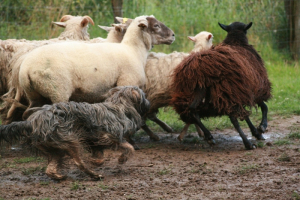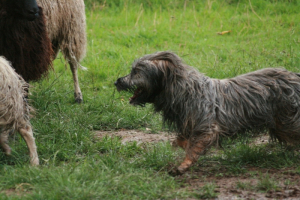Years-galery
October 2025
There hasn’t been an annual gallery for a long time.
That’s set to change in 2025.
Impressions C-D-Litter 25
In the annual gallery are found every year interesting events and photo documents.
Enjoy browsing.
the tables will gradually be completed
until all are finished, there will be some more time left
Check in at intervals !!
The themes of the galeries are in both languages German and English ( not all yet – we are working at it )
years Gallery
Summer 2012
Working with Sheep
It is said that the Gossis have sheep herding / driving in their blood. Determining this in Germany is not that easy.
First of all, you have to find a shepherd who both knows how Gossis work and is willing to let Gossis work on his sheep.
Border Collies work very different to Gossis and most flocks of sheep are guarded by Borders.
Furthermore, the sheep must be trained in such a way that even a complete beginner together with the shepherd and dog handler is no problem for the sheep.
We wanted to see whether the above proverb also applies to our “Spaniards”.
Our interest was great; maybe there is another work opportunity for our dogs here. After we saw great impressions from Baika's sister Josie, with what fun and joy a Gossi goes to the sheep, the kennel "El Fuego del Viento" wanted to take on this challenge too ask once.
Several calls to the shepherd and explanations and encouragement helped us to put the plan into practice. So three dogs (Benga, Ringo and Baika) packed into the car and drove to the Rhineland.
First of all, we observed how the shepherd works with the different breeds; a border, an Aussi and a cattle dog showed us how work is done.
For absolute beginners like us, a small pen was fenced off so that the animals could not be chased.
The flock of sheep consisted of seven sheep that were very experienced in training. The shepherd explained to us what to look out for and how we should react if “bloody beginners” like ours make mistakes in the flock.
Our little reserved lady Baika started the game.
She had barely put in the sheep's fence go as if it were the most natural thing in the world. Circling sheep, driving escaped sheep back in the direction of the shepherd.
Baika had a lot of fun and was full of enthusiasm. For the shepherd it was important that the Gossi stays behind and that he pulls the sheep forward as a guide.
Keeping sheep in check for ten minutes at a first encounter is hard work for the dog; The shepherd and we agreed that this was a natural talent.
Baika didn't bump her legs like some Gossis did at the beginning. She also mastered setting the herd very well.
Benga approached it very differently. Everything else was interesting for the first few minutes, but the sheep weren't.
The shepherd had to do a lot of motivational work. Only when the sheep "got going a little" did they drive once or twice.
She did not show the zeal of Baika. The shepherd said that some dogs first have to watch two or three times.
He definitely sees potential.
Finally, it was Ringo's turn. He was a "mediator" between Benga and Baika.
The first few minutes reserved and first of all to see what was going on.
After the sheep started moving, there was no stopping him either and he was already drifting and showing enthusiasm at work.
After that, the small flock of sheep was given a longer break.
We used this together with the shepherd and Josie's mistress to “talk shop” and make suggestions on how to proceed.
The shepherd made it clear that you shouldn't just let a gossi with a herd without professional supervision,
mistakes would creep in even with natural talents, which have to be eliminated afterwards in weeks of detailed work.
The work on Sheep should be done regularly if one is aiming for dog skills.
So you have to give some dogs the time to just watch and only start with the "real" work after several visits.
At the end, Baika's sister Josie showed what skills you can already do after eight to ten sometimes "on the sheep".
Our conclusion is: Working on the sheep is a meaningful occupation for Gossis, but it should only be done under technically competent guidance
and where you can be sure that the sheep are up to the training units .
